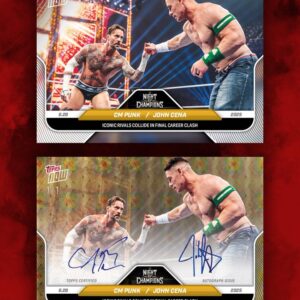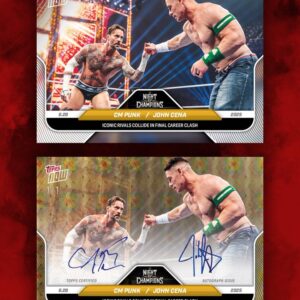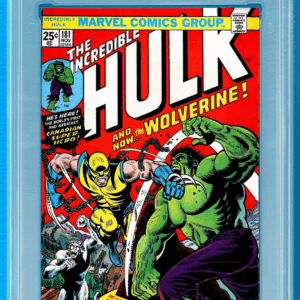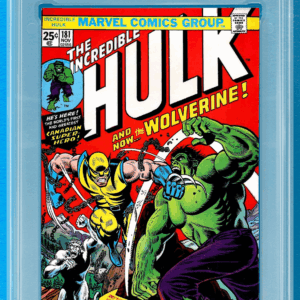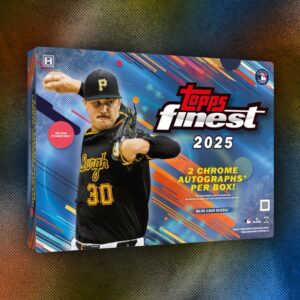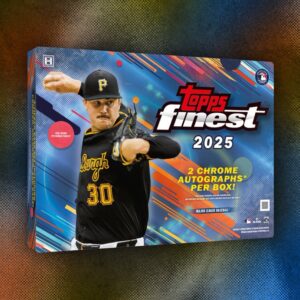For fans of Magic: The Gathering, whether devoted collectors or casual duelists, there’s nothing quite like the exhilarating rush of acquiring a new, rare card. However, nothing can deflate your triumph faster than the crushing discovery your latest acquisition is a fraud. The market for counterfeit Magic cards is a clandestine affair, yet one that continues to evolve with a level of sophistication that rivals even the trickiest Mentor of the Meek deck. Fear not; though counterfeiters are upping their game, vigilant collectors have their own arsenal of tools to ensure they stay two steps ahead in the quest for authenticity.
Mastering the art of spotting a fake Magic card doesn’t require arcane knowledge, but it does call for a little detective work. Armed with your senses and newfound insights, you will be empowered to distinguish between the genuine article and its crafty impostors with the finesse of a trained Mage.
To start, trust your senses—it’s time to get tactile. Genuine Magic cards exude a distinct, tempered matte feel, one that sets them leagues apart from their slick, glossy doppelgangers. If stroking the surface reminds you more of a laminated take-out menu than a booster pack gem, you might want to proceed with caution. Always keep a land card from the same set at hand for a reliable physical comparison.
The ever-reliable light test is a worthy ally, reminiscent of illuminating a scroll with a candle in some forgotten dungeon. Authentic Magic cards are known for a paper sandwich structure with a secret ingredient: a signature blue core. Hold the card up to a flashlight, and what you want to see is a soft, cool hue permeating your card. If your supposed rare Nimbus Maze seems to resist the light like a hefty tome or flashes back at you like a too-bright sunbeam, it might be waving the red flag of forgery.
Now let’s magnify the investigation. A modestly priced but mighty 30x jeweler’s loupe could be the Magic collector’s equivalent to a paladin’s legendary sword. With your trusty loupe, it’s time to scrutinize the characters and artistry more closely.
Within the enchanting confines of the card artwork and text, a marvel of miniature craftsmanship awaits. Genuine Magic cards reveal their illustrious secret under magnification: a tapestry of tiny, round dots that form elegant rosette patterns. Counterfeits, in contrast, betray themselves with blurry images and pixelation reminiscent of a vintage video game—the emphasis being on vintage, not collectible.
The solid black test is another tool in your bag of tricks. The names of spells and mana symbols on genuine cards enjoy the luxury of robust black ink, applied in precise and unwavering fidelity. Fakes often settle for a smudged mess of composite black, betrayed by fuzzy edges and a lack of clarity when scrutinized.
Now, for the counterfeit collector’s nemesis—the infamous green dot “L”. Flip over a suspect card to reveal its enigmatic rear: the telltale home of the green mana symbol nestled in a yellow-green border. This is where your loupe earns its keep once more. Authentic Magic cards display a red dot pattern that coalesces into a dainty, upside-down “L” right there in the border. Spot a blur, misalignment, or perplexing absence of this hallmark, and you can bet your Glittering Lynx, it’s not legit.
For those who have ventured into modern Magic, the path is graced by the presence of the Holofoil stamp, a beacon introduced circa Magic 2015. Rare and mythical beauties now bear this talisman’s twinkling presence—an oval hologram embellished with microtext featuring the likes of planeswalker symbols. Fakes, meanwhile, might present a hologram akin to a hastily applied sticker, bereft of flush alignment and more prone to appearing grainy or even embarrassingly detachable.
Yet while solving the puzzle of a fraudulent card is half-crafted ingenuity, be wary not to stumble into the pitfalls of past methods. Old-school tests—tearing a card, bending it just so—might reveal that coveted blue core but can accidentally wreak havoc on bona fide treasures. In the game of counterfeit detection, discretion is the better part of valor, and less destructive methods prevail.
So arm yourself with these insights, for Magic’s world is full of wonders and wiles alike. Just as a seasoned wizard doesn’t rely on a single spell, spotting a counterfeit card is an art of combining cues and once you master it, you forge a path as a discerning, skilled collector in your newfound wisdom. Your collection gleams not just with glittering spells but with the assurance of integrity, ensuring that the game remains as honest and exhilarating as when you first discovered it.

